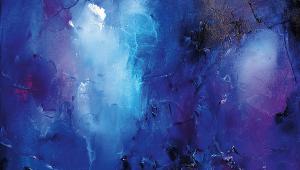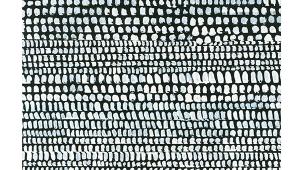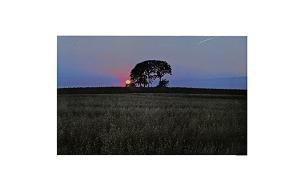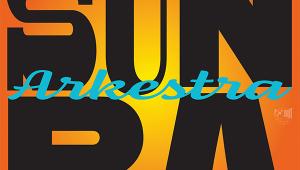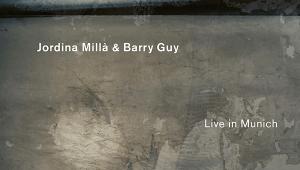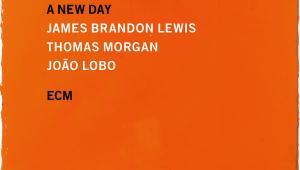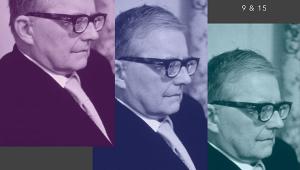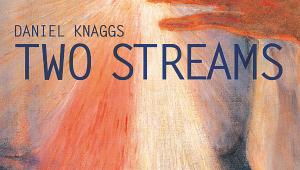Hi-Res Downloads, May 2021
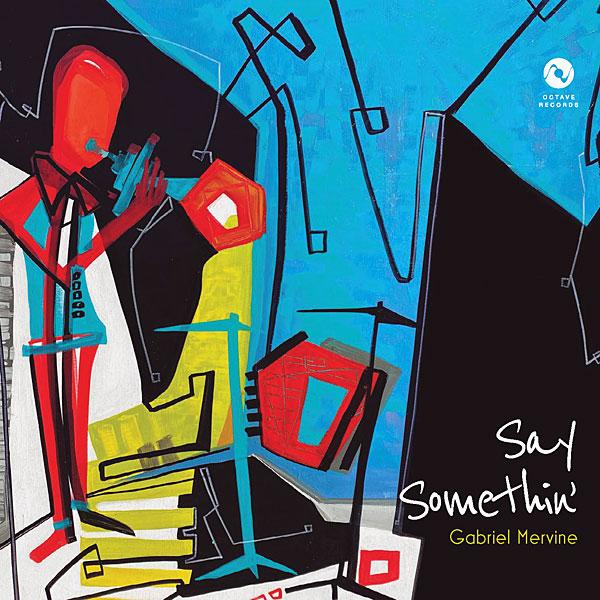
 Gabriel Mervine
Gabriel Mervine
Say Somethin' (DSD64; 44.1-192kHz/24-bit, FLAC)
www.psaudio.com/products; Octave Records n/a cat no.
This latest release from Octave Records – a PS Audio project – sees jazz trumpeter Mervine joined by an exceptional backing trio comprising pianist Tom Amend, Seth Lewis on bass and drummer Alejandro Castaño to create a recording of remarkable vitality and intimacy. It was recorded live with no overdubs to 32-track DSD, using equipment including vintage microphones, mixed using a vintage Euphonix deck and then taken back into DSD for mastering. It's about as close as you're ever going to get to the effect of having the musicians live in front of your sofa, with fabulous presence and glorious instrumental timbres. It's all lovingly annotated in the accompanying booklet and, while the music itself holds no great surprises, being very much straight-down-the-line small-ensemble jazz, there's no denying the musicianship in evidence here and the care with which it has been recorded. AE
Sound Quality: 95%
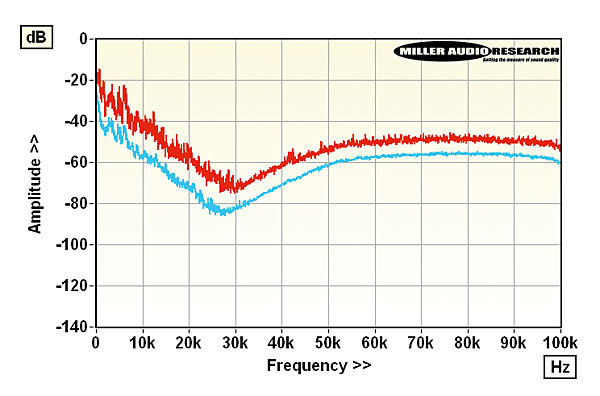
Lab Report
Reviewed here as the native DSD64 file from Animal Lane's Sonoma 1-bit system in Colorado, in practice the final bandwidth and (limited) dynamic range is determined by the 'vintage' analogue console, peaking at –1.4dBFs [trk 4]. PM
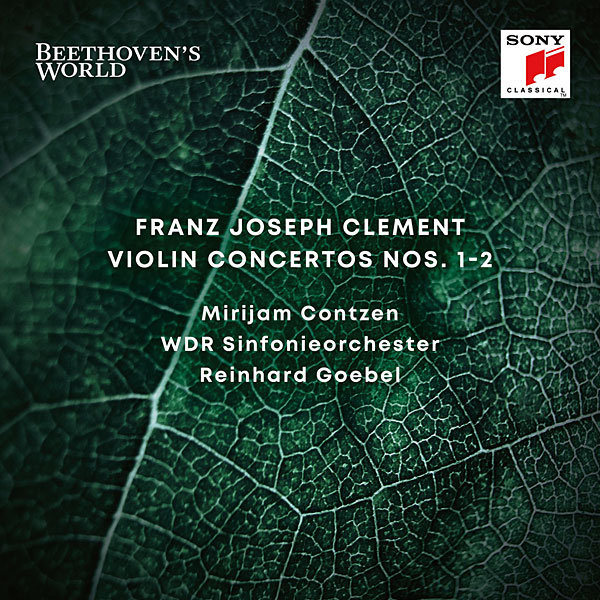
Mirijam Contzen, WDR SO/Reinhard Goebel
Violin Concertos by Clement (48kHz/24-bit, FLAC)
www.highresaudio.com; Sony Classical 19075929632
Reinhard Goebel founded Musica Antiqua Köln in 1973 and their Bach performances were the antitheses of those by, say, Karl Münchinger at Stuttgart. Currently he is directing a series for Sony, 'Beethoven's World', and this release gives us the first two of Franz Clement's six violin concertos – 1805/6. In the latter year he gave the Vienna premiere of Beethoven's Violin Concerto, written expressly for him. (He continued to perform it after Beethoven had fallen out with him and changed the original dedication.) Goebel hints at Beethoven fingerprints in No 1 [studio], which I thought anticipated Mendelssohn, whereas the finale of No 2 [live] is akin to that in Haydn's last 'London' Symphony. Both works are well worth lending an ear to, and the very good violinist receives a 'concert hall' balance. CB
Sound Quality: 95%

Lab Report
While the ~24kHz bandwidth is limited by the file's 48kHz sample rate, engineers Enrique Foedtke and Arnd Coppers have made good use of the available dynamic range, the two Adagio sequences not peaking above –6dBFs. PM
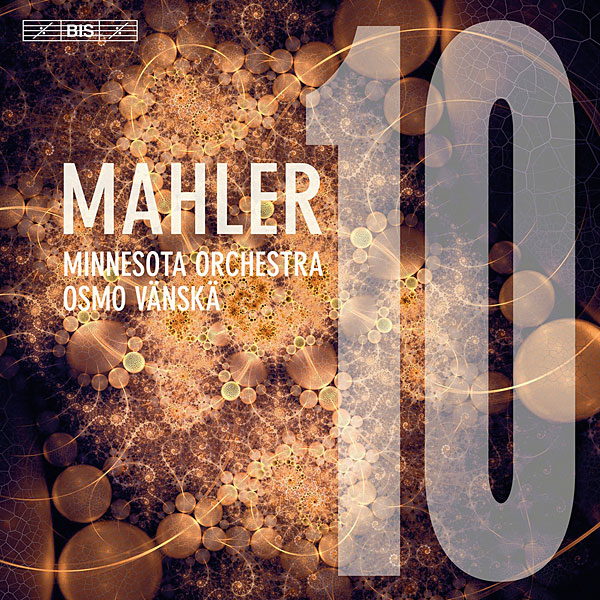
Minneapolis SO/OSMO Vänskä
Mahler: Symphony No 10 (96kHz/24-bit, FLAC)
www.highresaudio.com; BIS BIS2396
By 1960 it had become apparent that Mahler's sketches for his unfinished Tenth Symphony were virtually a short score for a full five-movement work, partially fully scored, and when the English musicologist Deryck Cooke looked at them, along with Berthold Goldschmidt, he felt able to prepare what he called 'a performing edition' of Mahler's (often anguished) music. This was heard at the Proms in 1964 then amended working with Colin and David Matthews (p.1976); the Cooke version recorded here is the further slightly revised 1989 edition. Vänskä hooks you in with a very quiet start and if you want an extremely well played version (violins antiphonally placed) try this. Perhaps Scherzo 1 is a little fast, but the finale – with some of Mahler's most beautiful music and those stark opening drum beats – sets the seal on Robert Suff's production. CB
Sound Quality: 95%

Lab Report
Also available as a DSD transfer on SACD, the recording was originally captured at 96kHz/24-bit, as per this file. Bandwidth is well used but the dynamic range is substantially 'above average' – the Finale here a test for the finest systems. PM

Subheim
Polis (48kHz/24-bit, FLAC)*
www.denovali.com; Denovali DEN344
Entitled ΠΟΛΙΣ in Greek, pronounced 'polis' and translated as 'city', this album is definitely one for diehard fans of ambient electronica. There are pieces here, not songs, all effects and swirls of synths and rhythms, and they tend to flow into each other to create a kind of sonic soundscape, mainly brooding and occasionally ominous. What vocals there are remain abstract or the odd passage of spoken word before the looping synths take over once more. We're told this set 'doesn't so much evoke the rapid cadences of life in a modern metropolis as it does the unspoken tension between longing to escape and being trapped in some kind of concrete stasis – living together with millions of souls in an expansive emptiness', so it's all very high-concept. But it's also quite low-tech, with extensive use of analogue synthesisers. It's unusual, but still rather addictive. AE
Sound Quality: 95%
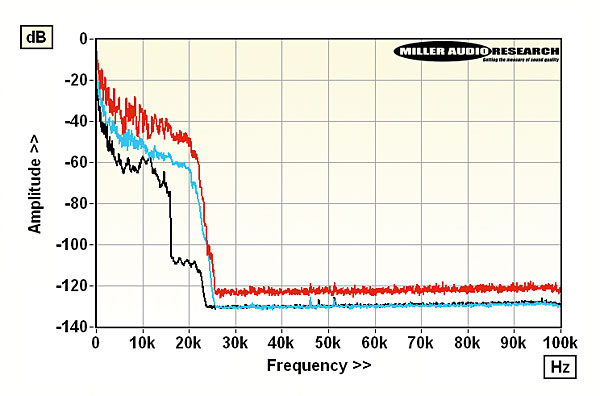
Lab Report
I've added an asterisk to the headline sample rate (above) because, while the 'envelope' rate is certainly 48kHz, there's lower-rate synthesised content mixed in [black]. Otherwise it's clean, with peaks not exceeding –0.5dBFs. PM
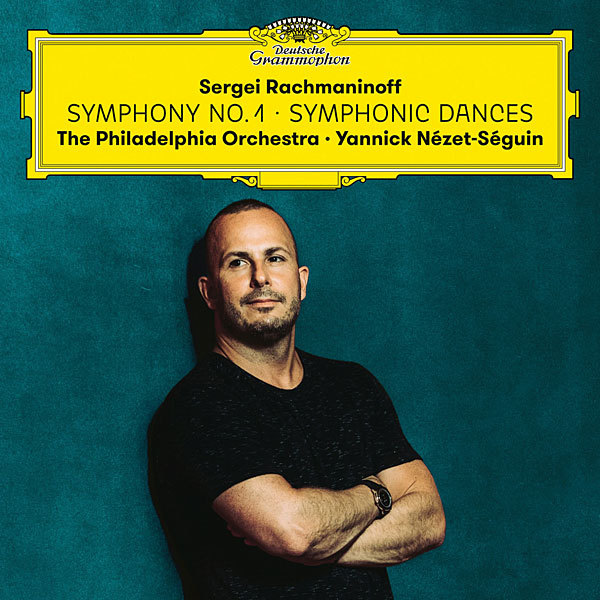
Philadelphia Orchestra/Yannick Nézet-Séguin
Rachmaninoff: Symphony No 1; Symphonic Dances (96kHz/24-bit, FLAC)
www.highresaudio.com; DG 483 9839
The disastrous premiere of Rachmaninoff's Symphony No 1 spiralled him into depression, and although he planned to revise his early score, it became lost. In 1944 the parts were used to recreate the full score and Eugene Ormandy gave the US premiere at Philadelphia in 1948 – and made an exciting recording of it. The three Symphonic Dances were dedicated to Ormandy (1940) and again he made a definitive recording, naturally paced and with the alto saxophone balanced as if a vocal soloist. Sax and piano are more recessed here. This issue has had some rave reviews, and yes the 'Philadelphia sound' is alive and well. But I thought Nézet-Séguin was too indulgent in the second Dance and missing tension in the finale of the Symphony and slow Larghetto. CB
Sound Quality: 95%
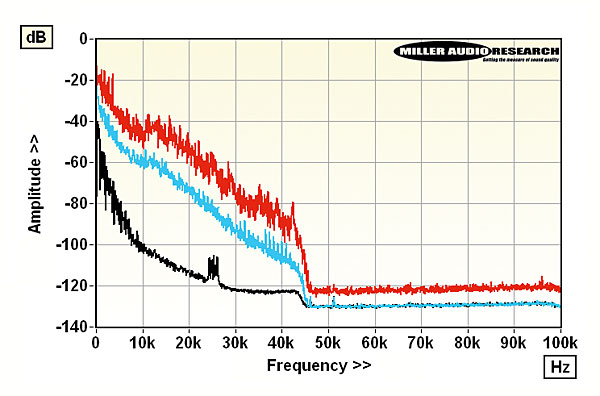
Lab Report
These two, pre-Covid live recordings make full use of the available ~48kHz bandwidth. Dynamic range is excellent too – just a shade behind the Mahler [adjacent]. Some very low-level spuriae at ~25kHz [black], but otherwise clean. PM


